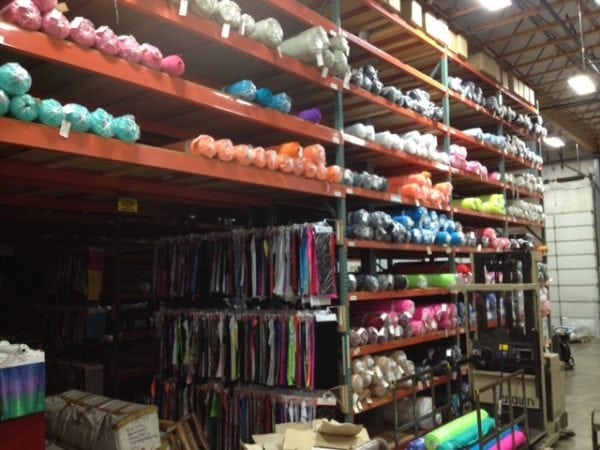Last Thursday, October 13th, USA’s Jordyn Wieber won first place in the women’s individual all-round final at the Artistic Gymnastics World Championships in Tokyo, Japan. This made me wonder about the history of the sport and spandex leotards that all the gymnast wear.
The sport of gymnastics has been around for thousands of years. There is evidence it may have started even before the Ancient Olympic Games, as early as 2,700 B.C. on the island of Crete.
The term “gymnastics” derives from the Greek word for naked, “gymnos,” because in Ancient Greece, male athletes trained and competed in the nude. However, the Romans had a problem with this practice and began wearing shortened versions of togas (thank goodness!). Years later, the leotard would appear.
The leotard was made famous by the French acrobatic performer Jules Léotard in the mid-1800s. By the early 20th century, the leotard was popular among circus and acrobatic show performers.
Women first competed in gymnastics events in the early 1900s and by the 1950s, it was common to wear a leotard during these events. Since then, leotards have evolved to incorporate sparkle, rhinestones, velvet, and to promote the wearer’s team. A gymnastics leotard is usually made of nylon/spandex blends and should fit very tight to the body. If the leotard’s stretch fabric does not stay close to the skin it can get caught on a gymnastics apparatus such as the beam or uneven bars, endangering the gymnast. Judges at gymnastics events can even deduct points for a poor-fitting leotard or visible undergarments (which would be a bummer). All the more reason to make sure you are wearing a quality spandex uniform. Go USA!
http://www.merriam-webster.com/dictionary/leotard
http://seattletimes.nwsource.com/html/photogalleries/photography2016496944/9.html
0 Comments
Leave a reply
You must be logged in to post a comment.







